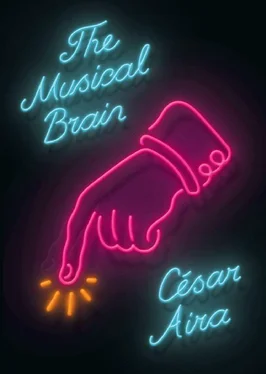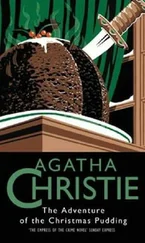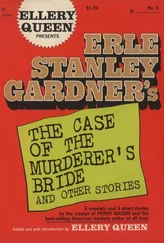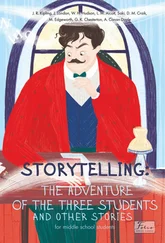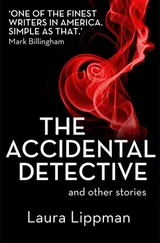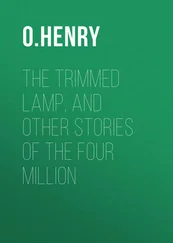There is no need to pursue the series: it would take us too far, all the way to an eternity that has been lying in wait from the outset. Let’s just say that the successor to this third priest, and the one who takes over from the fourth, and all those who follow, decipher the message and accept the challenge. The house continues to be completed and beautified, in splendid isolation, an oasis of perfection in a desert-like world devastated by egotism and indifference. In its permanence, the house becomes a symbol of the virtuous soul, the divine soul, and its comforts are progressively refined by the unbroken chain of just men, the golden thread that runs through History, in the name of the redemption that Charity will bring.
AUGUST 1, 2010
DAWN IN MANHATTAN. In the first, tentative light, a black prostitute is walking back to her room after a night’s work. Hair in a mess, bags under her eyes; the cold transfigures her drunkenness into a stunned lucidity, a crumpled isolation from the world. She didn’t venture beyond her usual neighborhood, so she only has to walk a few blocks. Her pace is slow; she could be going backward; at the slightest deviation, time could dissolve into space. What she really wants is sleep, but she’s not even conscious of that anymore. The streets are almost deserted; the few people who usually go out at this time (or have no indoors to go out of) know her by sight, so they don’t examine her violet high-heeled shoes, her tight skirt with its long split, or her eyes, which wouldn’t return their glassy or tender gazes anyway. It’s a narrow street, with a number for a name, and the buildings are old. Then there’s a stretch where they’re more modern, but in worse repair: stores, fire escapes dangling from sheer façades. Farther on, past the corner, is the place where she sleeps till late, in a rented room that she shares with two children, her brothers. But first, something happens: five or six guys who’ve been up all night have formed a semicircle on the sidewalk, in front of a store window. The woman wonders what they could be looking at that has turned them into figures from a snapshot. The group is absolutely still; not even the smoke of a cigarette is rising. She walks in their direction, watching them, and, as if they were a fixture to which she could attach the thread that is holding her up, her step becomes somewhat lighter. It takes her a few moments to understand what is going on. The men are in front of an abandoned store. Behind the dirty window, in the dimness, are dusty boxes and debris. But there is also a cat, and facing it, with its back to the window, a rat. Both animals are staring at each other without moving; the hunt has come to an end, and the quarry has nowhere to run. Sublimely unhurried, the cat tenses its every nerve. The spectators are not simply statues now but beings of stone: planets, the elemental cold of the universe. . The prostitute taps the window with her purse, the cat is distracted for a fraction of a second, and that is enough for the rat to escape. The men emerge from their reverie, look at the black accomplice with disgust; a drunk spits on her, two others follow her as she walks away. . before the darkness has vanished altogether, an act of violence will take place.
One story is followed by another. Vertigo. Retrospective vertigo. There’s an excess of continuity. Narrative traction cannot be suspended, even by inserting endings. Vertigo creates anxiety. Anxiety paralyzes. . and saves us from the danger that would justify vertigo: approaching the edge, for example the edge of the chasm that separates an ending from a continuation. Immobility is art in the artist, while all the events treated in the artwork take place on the other side of the glass. Night comes to an end, so does day: there’s something awkward about the work in progress. The opposite twilights drop like tokens into slots of ice. The eyes of statues closing when they open and opening when they close. Peace in war. And yet there’s a movement that’s out of control, and all too real; it makes others anxious and provides the model for our own anxieties. Art figures it as Endless Revolving Growth, and it gives rise to libraries, theaters, museums, and whole universes of fantasy. It may stop, but if it does, an enormous number of remnants are left. After a while, the remnants begin to revolve and breed. Multiplication multiplies itself. . But, as we know, there is only “the one life.” From which it follows that an artist’s biography is hard to distinguish from the trials of its writing: it’s not simply a matter of representing representation (anyone could do that) but of creating unbearable situations in thought. That’s why biographies are usually so long: nothing is ever enough to appease the mobile impulses of immobility. The stories try desperately to coalesce, they wrap themselves in pearly teleological scruples, the wind ignites them, they fall into the void. . But maybe no one cares.
And why should anyone care? Biographies are the lives of others. Children read the illustrated biographies of famous musicians, who are always child prodigies, possessed by a mysterious genius. They understand the music of the birds and fall asleep to the murmur of streams. The obstacles that stand in the way of their careers are not placed there by reality but by the story’s didactic design. These lives are strikingly similar to those of the saints: persecution and martyrdom are the instruments of triumph. Because all the saints have succeeded. And not only the saints and the child prodigies: all the subjects of biographies have succeeded; they have won the competition. Of the numberless people who have lived, History saves only the winners, even when it is inspired by a humanitarian moralism. Because of their essential banality and their immutable conventions, these life stories don’t remain in the memory for long (they end up blurring into one another), but that doesn’t prevent them from distorting it, inserting definitive, iridescent slides that go from point A to point B, and then from B to C, and when the lights go out, the points are illuminated; they are the beautiful souls who have risen to heaven to make up constellations and horoscopes. How could we regard those books with anything but suspicion, especially since they were and are the fundamental nourishment of our past and future puerilities? “Before” there is the future success; “after,” its delicious rewards, all the more delicious for having been the object of remarkably punctual prophecies.
Let us examine a particular case, to refine the demonstration. For example, one of the great musicians of our time, whose existence is unquestionable. Cecil Taylor. Born into jazz, he remained faithful to its outward forms: the clubs and bars and festivals at which he performed, the instrumental groups he put together, even the odd vague (or inexplicable) declaration of an influence (Lennie Tristano, Dave Brubeck). But his originality transcended musical categories. His thing was jazz, but any other kind of music too, broken down into its individual atoms and reassembled, like one of those celibate machines that produced the dreams and nightmares of the twentieth century. According to the legend, Cecil made the first atonal jazz recording, in 1956, two weeks before Sun Ra independently arrived at the same result. (Or was it the other way around?) They didn’t know each other, nor did they know Ornette Coleman, who was doing similar work on the other side of the country. Which goes to show that beyond the genius or inspiration of those three individuals (and Albert Ayler and Eric Dolphy, and who knows how many others), causation was operating at some higher level.
That level is History, and History has an important role to play, because it allows us to interrupt the infinite series that are generated by the art of thinking. This is how interruption loses its false prestige and its insufferable preponderance. It becomes frivolous, redundant, and trivial, like a muffled cough at a funeral. But its very insignificance gives birth to Necessity, which makes the rule of History manifest. Interruption is necessary, though it may be a momentary necessity, and the moment itself is necessary too, and often sufficient, which is why we say that a moment is “all it takes.”
Читать дальше
